It has many kinds of Cheese you can try, and they cook differently. Each taste different for each Cheese; some cheese looks differently, keeps fresh differently and has an eating style. Some cheese can eat it directly, and some need to cook, and it tastes better than eating directly or with some wine. In this story, I want to share with you the background of the different kinds of Cheese, how they keep it, where the place is from, and which is good to use for cooking or snacks.
Do you know how they make the Cheese? Cheese is the craft. Cheese production, like many other food preservation processes, allows the nutritional and economic value of food material, in this case, milk, to be preserved in concentrated form. Cheesemaking enables the production of Cheese with diverse flavours and consistencies, those are the people will make it in the factory, and they can use good quality for the people to eat and smell better or more potent than any one of the cheeses you make, and you buy pre-making in somewhere. In ancient times, One of the ancient cheesemakers’ earliest tools for cheesemaking, cheese moulds or filters, can be found throughout Europe, dating back to the Bronze Age. One of the old cheesecake cheeses, tools for Cheese, where moulds or colanders, can be found throughout Europe, dating to the Bronze Age.
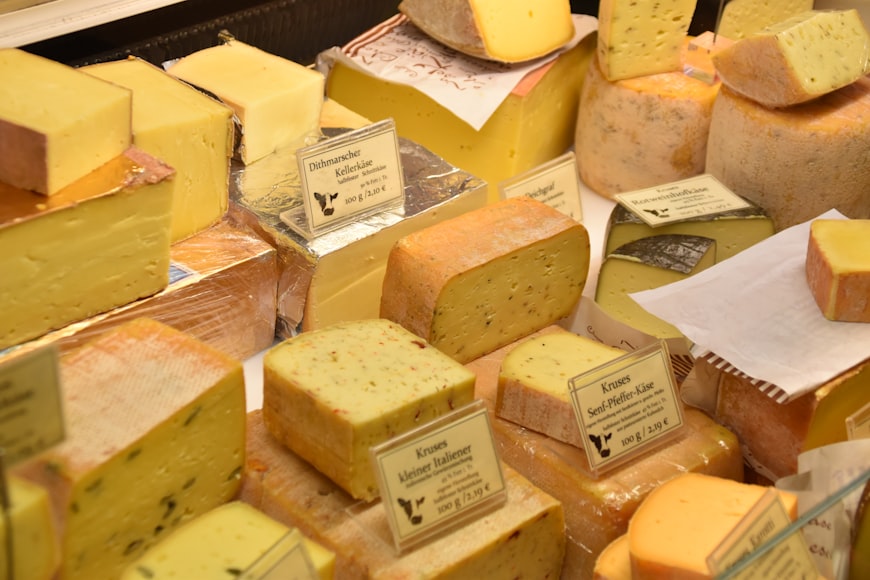
Waldemar/ Unsplash
The history of cheesemaking may have originated from nomadic herders who stored milk in vessels made from sheep’s and goat’s stomachs. Because their stomach linings contain a mix of lactic acid, bacteria as milk contaminants and rennet, the milk would ferment and coagulate.
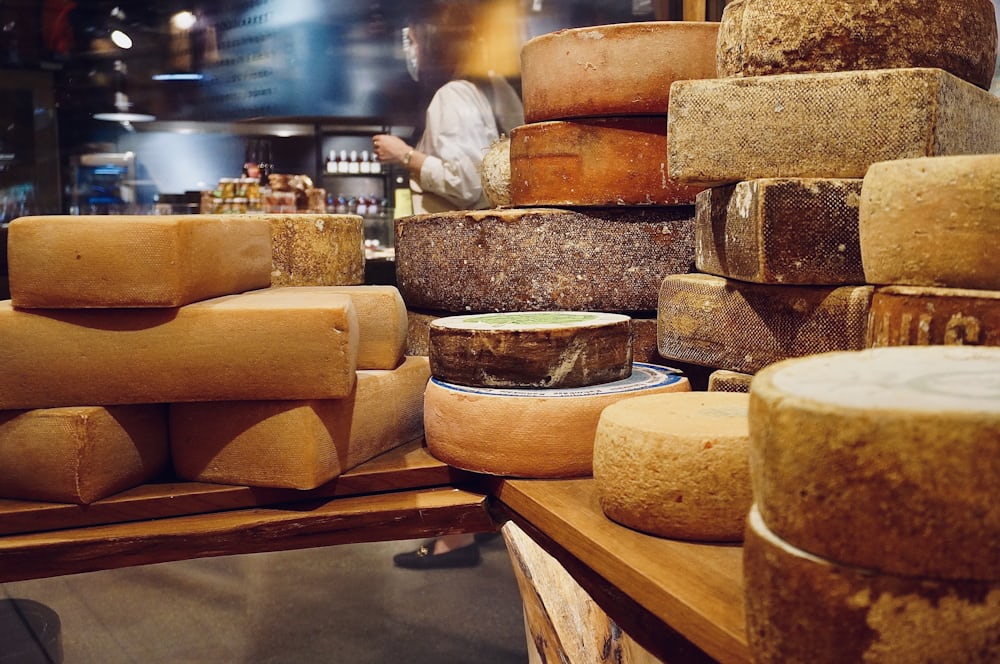
Azzedine Rouichi/ Unsplash
The first Cheese is Gorgonla. Gorgonzola is an Italian with signature blue veins in blue Cheese. Traditionally made from pasteurized cow’s milk, the Cheese boasts milder flavours than the other blue cheeses. When the Cheese is young, it has a unique soft and creamy texture. The mature versions feature pungency and are more potent in taste. This Cheese can eat sweet dishes – consider it with honey, dried fruit, or sweeter vinaigrettes on salads. It finds a good place in savoury dishes, and you Can cook salads, pasta, risotto, etc. This Cheese looks experienced, but you can find it in the supermarket at lower prices, cook it at home, and make a lovely dish.

Mgg Vitchakom/ Unsplash
The second Cheese is Brie. This chees is a soft cow’s milk cheese named after Brie, the French region from which it originated. It is pale in colour with a sight grayish tinge under a rind of white mould; the peel is typically eaten, with its flavour depending largely upon the ingredients used and its manufacturing. This Cheese can eat with crusty bread, plain- flavoured crackers, and you can eat with fruits such as apples, pears, grapes and berries and unsalted nuts like pecans, almonds, and walnuts. This Cheese is international from Australia, the U.K., the U.S., Brazil, Ireland and New Zealand. For the nutrition part, it has a thirty-gram serving of Brie containing 101 calories (420 kJ) and 8.4 grams of fat, of which 5.26 grams is saturated fat. Brie is a good source of protein; a serving of Brie can provide 5 to 6 grams of protein. Brie contains a good amount of both vitamin B12 and vitamin B2. But for the production, it may be produced from whole or semi-skimmed milk. The curd is obtained by adding rennet to raw milk and warming it to a maximum temperature of 37 °C (98.6 °F). The Cheese is then cast into moulds, sometimes with a traditional perforated ladle called a pelle à brie. The 20 cm (8 in) mould is filled with several thin layers of Cheese and drained for approximately 18 hours. The Cheese is then taken out of the moulds, salted, inoculated with cheese culture (Penicillium candidum, Penicillium camembert, or Brevibacterium linens), and aged in a controlled environment for at least four or five weeks.
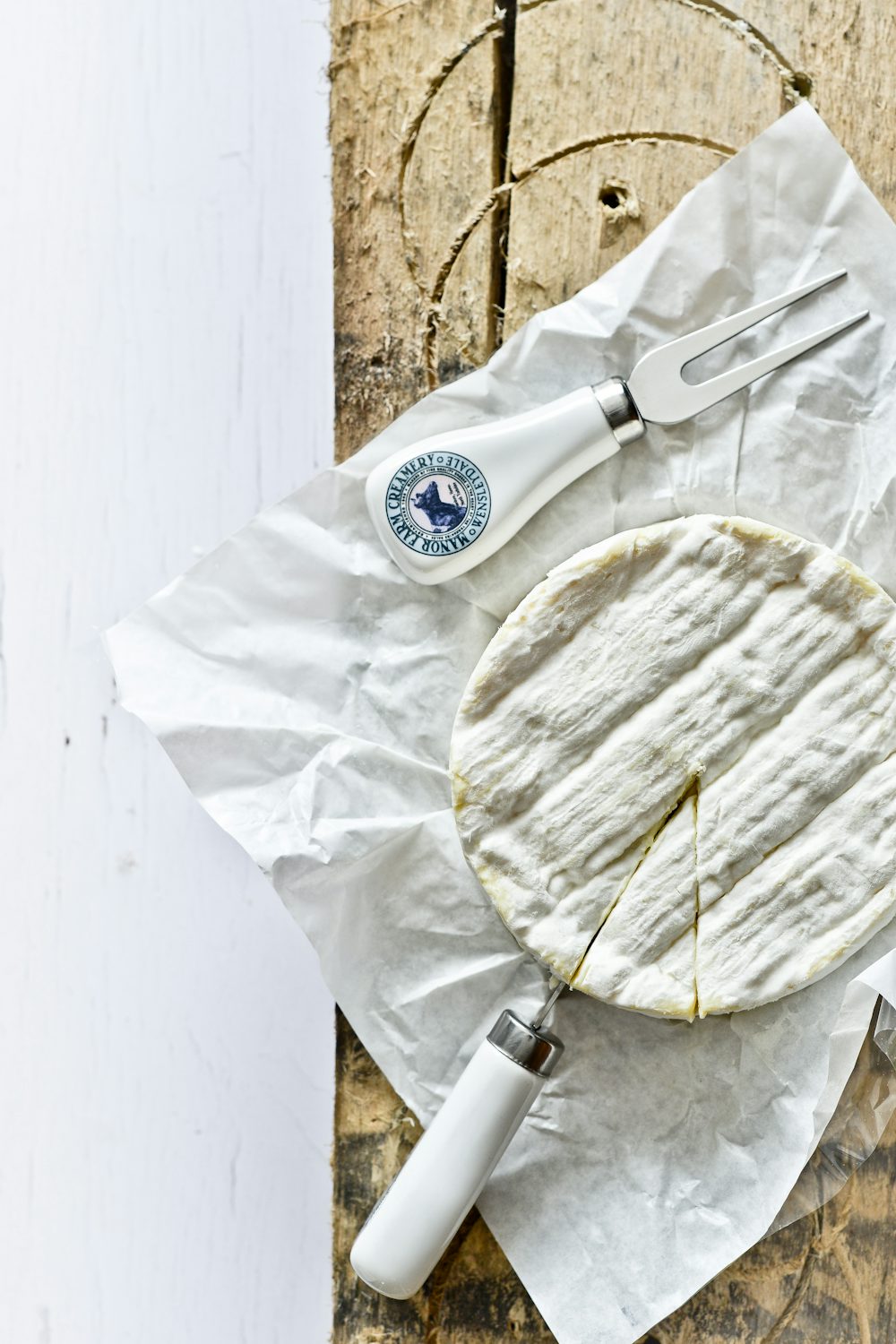
Margarent Jaszowska / Unsplash
The third is American Cheese. This is common for restaurants to cook any food, and they taste so good you can eat differently for each kind of food, and they taste so good for food. Modern American Cheese is a processed Cheese developed in the 1910s made from Cheddar, Colby, or similar Cheese. It is mild with a creamy and salty flavour, medium-firm consistency, and low melting point. It is typically yellow or white; yellow American Cheese is seasoned and coloured with annatto. And the history of American Cheese is that British colonists made Cheddar cheese soon after they arrived in North America. By 1790, American-made cheddars were being exported back to England. According to Robert Carlton Brown, author of The Complete Book of Cheese, what was known in America as yellow Cheese or store cheese was known as American Cheddar or Yankee cheddar back in England? The Oxford English Dictionary lists the first known usage of “American cheese” in the Frankfort, Kentucky, newspaper The Guardian of Freedom in 1804. The food you can think about with this Cheese makes it a cheeseburger, a very famous food to eat with American Cheese.
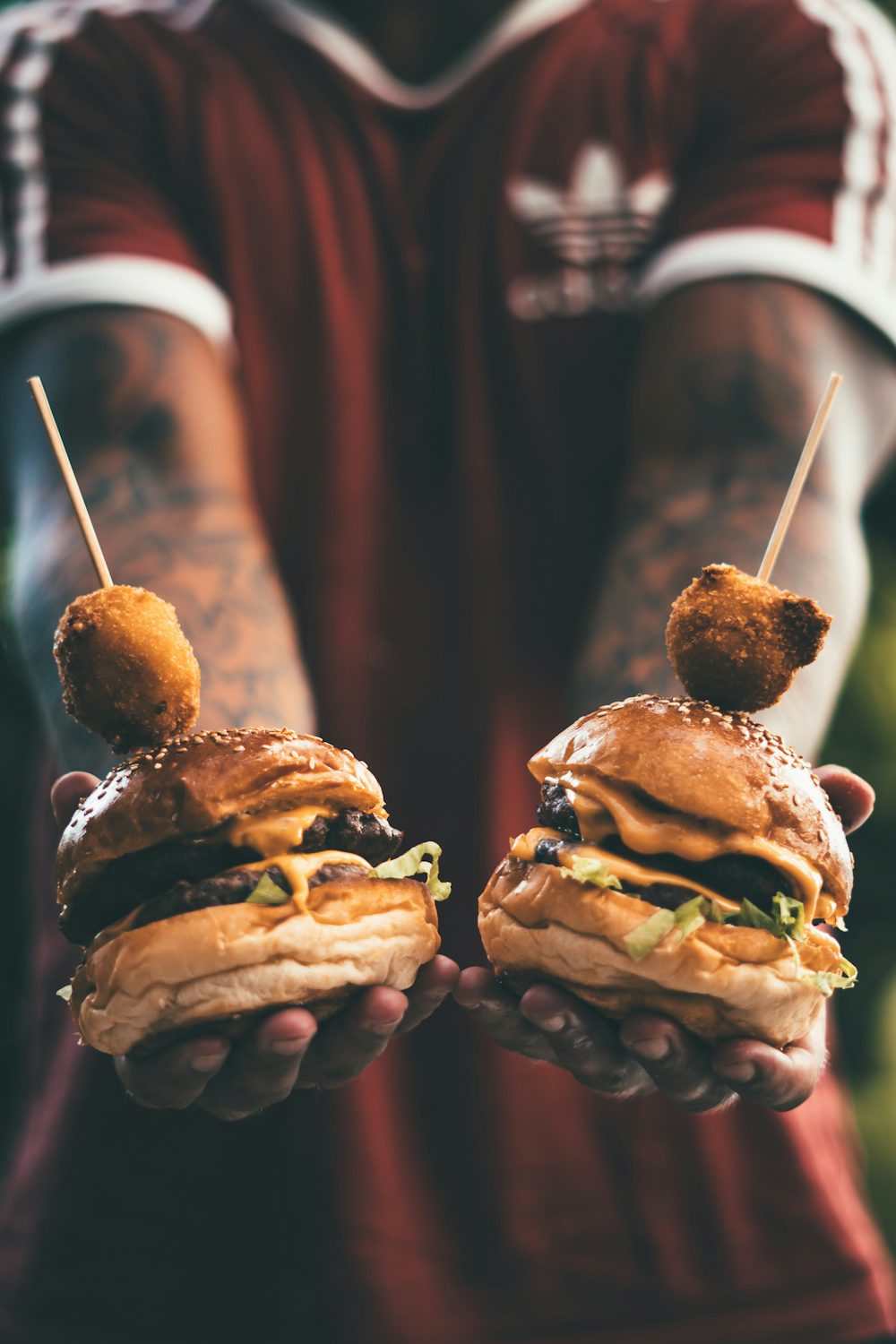
Oliver Sjöström/ Unsplash
The fourth Pecorino Romano. And this is a complex, salty Italian cheese, often used for grating, made with sheep’s milk. The name “pecorino” means “ovine” or “of sheep” in Italian; the name of the Cheese, although protected, is a simple description rather than a brand: “pecorino romano” is “sheep’s of Rome.” In the other types of pecorino and other regions of pecorino cheese, pecorino Toscano and pecorino sardo are not particularly salty and are generally eaten as they are rather than grated and used as a cooking ingredient. In the United States, Romano cheese is sometimes sold; it is not based on real Pecorino Romano but is a milder cheese made with cow’s milk.
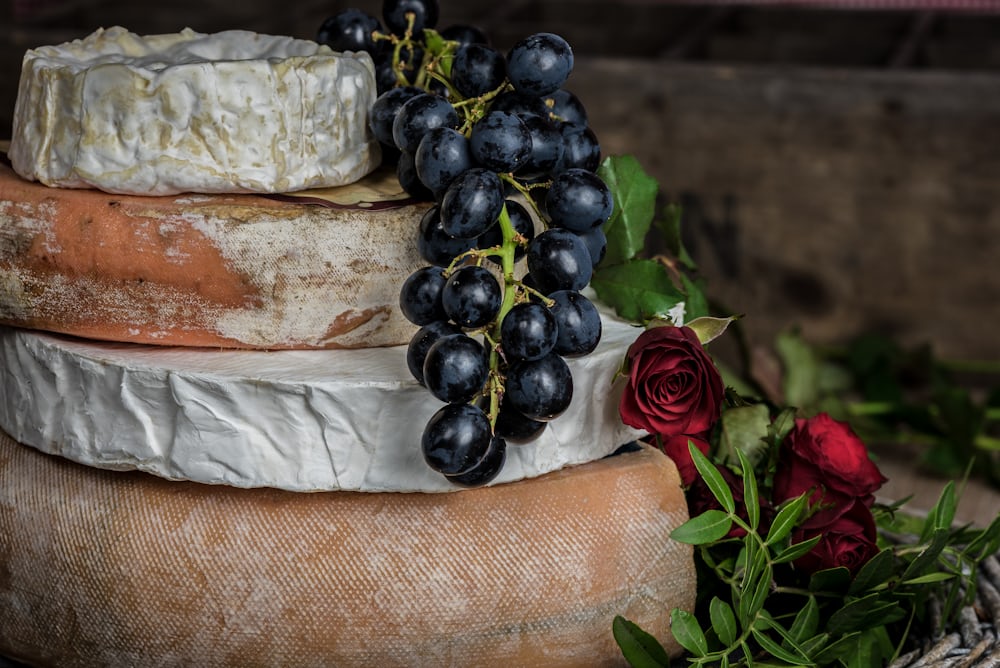
Jez Timms / Unsplash
The five Cheddar. The cheddar cheese originates from the village of Cheddar in Somerset, southwest England. Cheddar Gorge on the edge of the town contains several caves, which provide the ideal humidity and steady temperature for maturing the Cheese. This Cheese is my famous Cheese, and I always eat it directly, or I like to eat it with the cookies, for the part for the cookie eating is like the “Hamburg.”, so I will put the cookie and put the Cheese in the middle and put another cookie. In the other records, U.S. President Andrew Jackson once held an open house party at the White House where he served a 1,400 lb (640 kg) block of Cheddar. The White House is said to have smelled of Cheese for weeks. This surprised me when I read this information.

Önder Örtel / Unsplash
The sixth Cheese is manchego. Manchego is firm and compact consistency and a buttery texture, often containing small, unevenly distributed air pockets. The colour of the Cheese varies from white to ivory-yellow, and the inedible rind from yellow to brownish-beige. The Cheese has a distinctive flavour, well developed but not too strong, creamy with a slight piquancy, and leaves an aftertaste characteristic of sheep’s milk. And Archaeologists have found evidence that dates cheese-making in the La Mancha region to as far back as the Bronze Age. At that time, cheesemakers used milk from sheep that are the ancestors of today’s Manchego sheep and pressed the curd in esparto grass baskets.

Alexander Maasch / Unsplash
Cheese is suitable for eating with anything, and they have a lot of taste. They are also a good match for wine and beer, which would be lovely to try.

